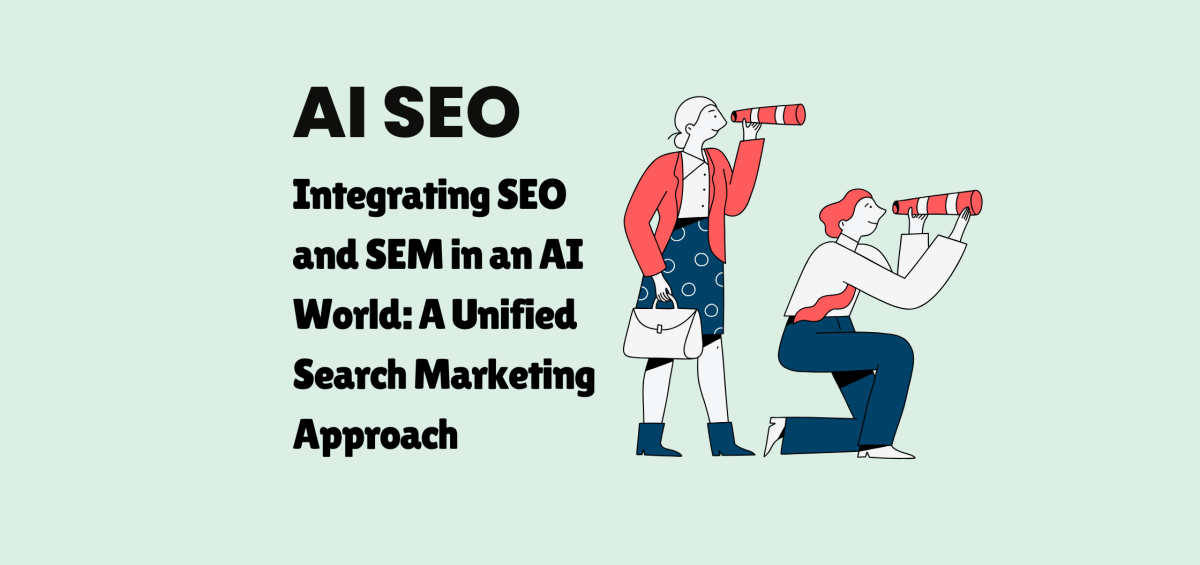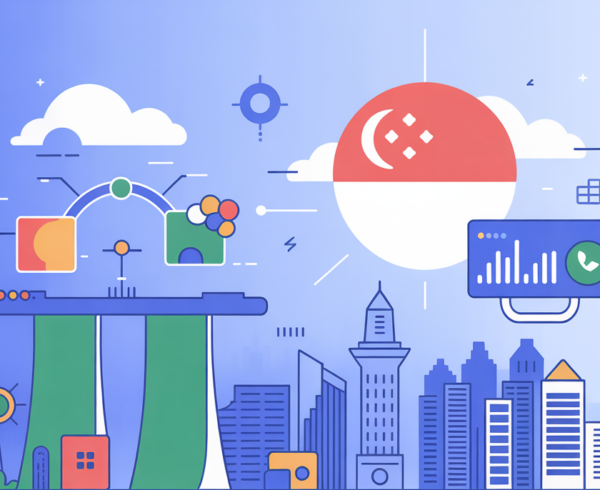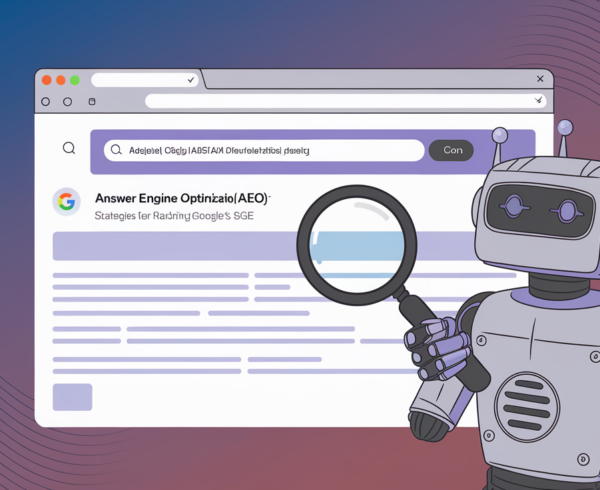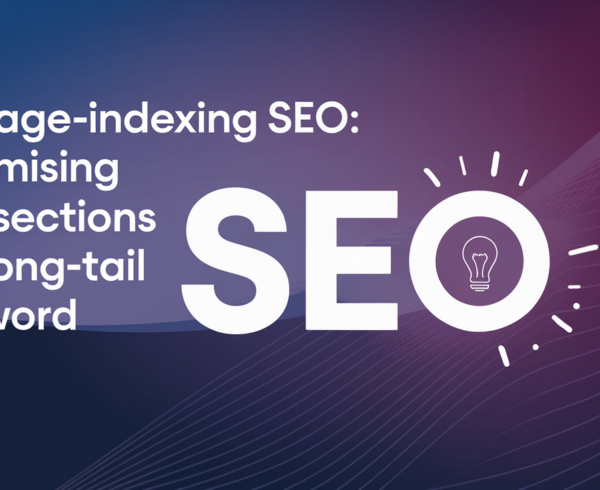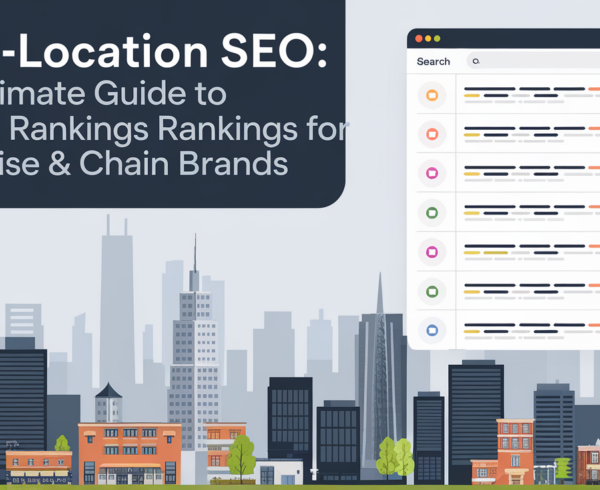Introduction
In the fast-evolving world of digital marketing, search engine optimization (SEO) and search engine marketing (SEM) have traditionally been seen as two distinct strategies. But today, artificial intelligence (AI) is rapidly reshaping how search engines operate—blurring the lines between organic and paid search.
For a forward-thinking SEO agency, this evolution presents a huge opportunity. AI enables businesses to integrate both SEO and SEM efforts seamlessly, unlocking smarter data usage and maximizing impact across the entire search engine results page (SERP).
In this article, we explore how AI is transforming the relationship between SEO and SEM, how SEO agencies can combine PPC (pay-per-click) and SEO data for better decision-making, and how AI can drive unified, performance-driven search strategies.
How AI is Blurring the Line Between SEO and SEM
Traditionally, SEO and SEM were managed separately. SEO focused on organic rankings, improving on-page elements, building backlinks, and optimizing content for search engines. SEM, on the other hand, was centered around paid advertising through platforms like Google Ads, where businesses bid on keywords to secure ad placements. But with the rise of AI, these two channels are converging, enabling marketers to optimize their search marketing strategies in a more holistic manner.
AI is playing a pivotal role in this shift by providing advanced data analysis, automation, and predictive capabilities that enable businesses to make smarter decisions across both SEO and SEM. Here are some key ways AI is bringing SEO and SEM closer together:
1. AI-Powered Keyword Insights and Optimization
AI can analyze both organic and paid search data, providing insights into which keywords are driving traffic and conversions. By blending data from SEO and SEM, businesses can identify high-performing keywords and prioritize them in both their organic and paid strategies.
- AI Keyword Research Tools: Platforms like Google Ads and SEMrush now integrate AI to suggest high-potential keywords that work across both SEO and SEM. By understanding the overlap between paid and organic search results, businesses can target the most valuable keywords with both SEO and PPC efforts.
- Content Gap Analysis: AI can also help identify content gaps between SEO and SEM, allowing businesses to create content that not only ranks organically but also serves as an effective landing page for paid ads.
Actionable Tip
Use AI tools to combine your SEO and PPC keyword research. This unified approach allows you to focus on keywords that not only generate traffic but also result in conversions across both organic and paid channels.
2. Maximizing SERP Real Estate with AI
With AI, businesses can gain more visibility across the entire search engine results page (SERP) by combining their SEO and SEM strategies. Rather than relying solely on organic search rankings or paid ads, businesses can ensure they dominate multiple spots on the SERP, including organic listings, paid search ads, featured snippets, and local packs.
- SERP Features Optimization: AI-driven tools like Hashmeta AI can help businesses optimize their content for featured snippets and knowledge panels while simultaneously running paid search campaigns targeting the same keywords. This dual approach increases the chances of appearing in multiple SERP features, thereby maximizing visibility.
- Cross-Channel Ad Targeting: By combining insights from both SEO and PPC, AI can help businesses target customers at different stages of the buyer’s journey. For example, businesses can use SEO to drive organic traffic to informative content while using paid ads to target those visitors with retargeting campaigns.
Actionable Tip
Optimize for multiple SERP features by combining your SEO and PPC efforts. Ensure your content is structured for rich snippets, and run paid ads to supplement organic traffic for key keywords, increasing visibility on both the paid and organic search results.
3. AI for Budget Allocation and Resource Optimization
One of the most powerful ways AI can help integrate SEO and SEM is through automated budget allocation. In traditional search marketing strategies, businesses would often have to choose between SEO and PPC based on budget constraints. However, with AI, businesses can allocate their resources dynamically based on performance.
- Automated Budget Allocation: AI tools can analyze the performance of both SEO and SEM campaigns in real-time and adjust budgets accordingly. For instance, if a paid search campaign is performing exceptionally well, AI can increase the budget for PPC while optimizing the SEO strategy to target complementary keywords.
- Bid Management: AI can help optimize bids in paid search campaigns by analyzing which keywords are delivering the best return on investment (ROI). AI-driven bid management systems can automate adjustments to bids based on data from both SEO and SEM channels, ensuring businesses get the most out of their budget.
Actionable Tip
Implement AI-powered budget allocation and bid management tools to ensure that your resources are being used efficiently across both SEO and SEM. These tools can help you adjust spend based on real-time performance, maximizing ROI.
4. Unified Performance Tracking and Analytics
AI-powered analytics platforms can integrate both SEO and SEM data into a single, unified dashboard, allowing businesses to track performance across all search marketing channels in real-time. By combining organic and paid data, AI tools can provide a more comprehensive understanding of how search marketing is driving business outcomes.
- Cross-Channel Reporting: Tools like Google Analytics and Google Ads now integrate AI to provide reports that combine data from both organic and paid search efforts. This enables businesses to see the full picture of their search marketing performance.
- Attribution Modeling: AI can help businesses understand how different touchpoints (e.g., organic search, paid search, and display ads) contribute to conversions. This allows for more accurate attribution models, ensuring that businesses know which channels are driving the most value.
Actionable Tip
Use AI-powered performance tracking tools to monitor both SEO and SEM campaigns in real-time. Make data-driven decisions to optimize both organic and paid search strategies, ensuring that all channels contribute to your overall marketing success.
Conclusion: A Unified Approach for Maximum Impact
AI is not just a tool—it’s a game-changer for search marketing. For any growth-minded SEO agency, the convergence of SEO and SEM offers a path to holistic, high-impact campaigns. By integrating keyword strategies, maximizing SERP visibility, automating budget allocation, and unifying performance tracking, SEO agencies can lead clients toward more effective, AI-powered results.
In the next article, we’ll dive deeper into future-proofing your SEO agency strategy with emerging AI trends and best practices. Stay ahead, stay smart, and stay tuned.

